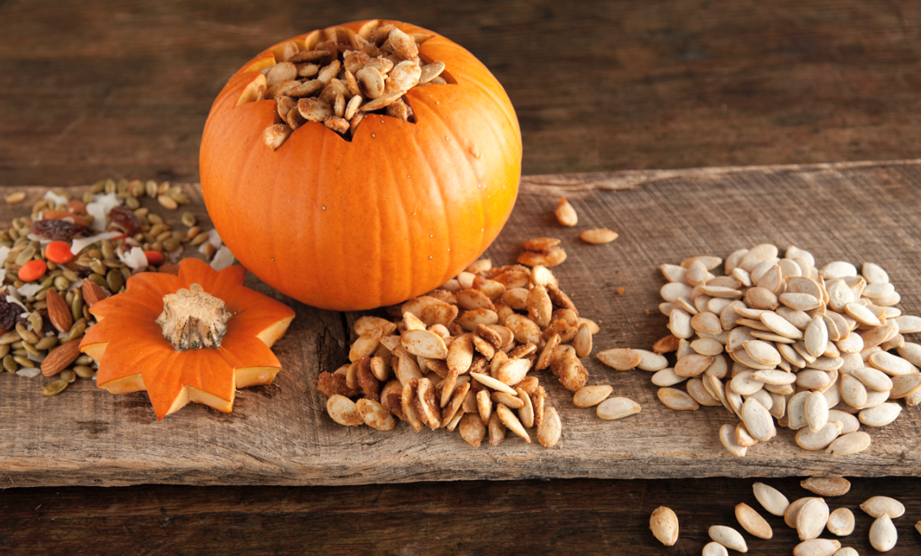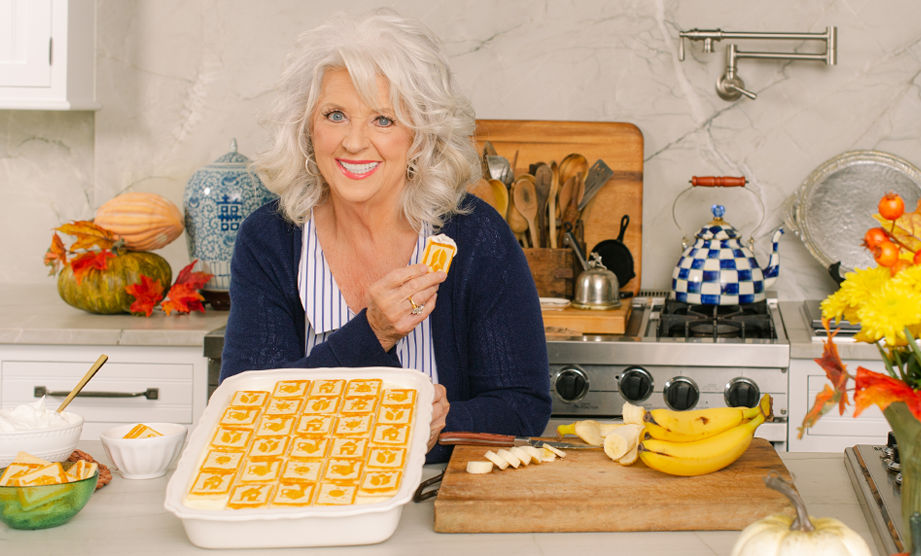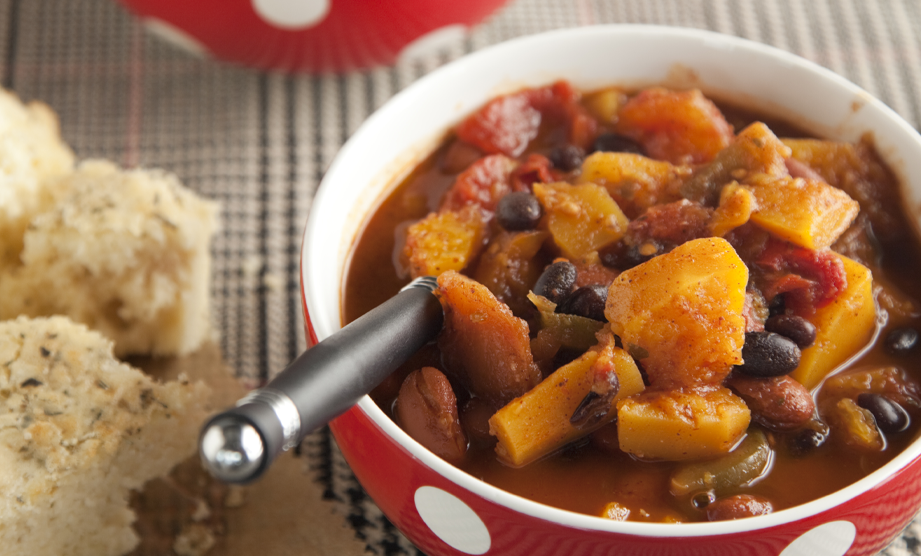Nothing says, “It’s fall, y’all,” quite like our favorite orange gourd—the pumpkin! Pumpkins are the symbol that soon leaves will be falling and a signal for most turkeys to run for the hills, as they’ll soon find themselves on your finest holiday china. Yearly, pumpkins adorn our porch steps, table centerpieces and treasured recipes, but have you ever taken a step back to truly appreciate the pumpkin?
This fall, whether you’re carving a whimsical Jack o’ Lantern or whipping up your grandmother’s pumpkin and nutmeg pie, give a moment to think about this seasonal squash.
History:
The earliest pumpkin seeds were found in Mexico and date back to 5500 B.C., meaning that they are native to North America. However, there is some speculation that pumpkins originated in Asia and were introduced to North America in prehistoric times.
By definition, the pumpkin is a fruit and belongs to the gourd family. The word pumpkin is derived from the Greek pepon, meaning “large melon”. Pumpkins range in colors, varying from oranges, to reds, and yellows.
Did you know that carving pumpkins was originally an Irish tradition? Jack O’ Lanterns are based on the tale of Stingy Jack, in which he is doomed to spend the rest of eternity roaming the night with nothing but a carved out turnip and a single coal for light.
Nutritional Information:
Pumpkins are considered to be a good source of vitamins A and C, as well as dietary fiber and other essential minerals.
Selecting:
To make sure you choose the best pumpkin, knock on its exterior first. You should hear a hollow thump. Inspect the pumpkin’s stem for any evidence of rotting, and check the outside for small holes or soft spots, which could signal insects.
Storing:
If not being used right away, pumpkins can be stored a few weeks or months depending on the age of the pumpkin. For the longest shelf life, store your pumpkin on a soft material, such as cloth or straw, in a cool, dry place with little or no direct sunlight. Pumpkins stored in this method typically last no longer than three months.
You can also puree your pumpkin and store it in the freezer for much, much longer. This would be useful for year-round pumpkin pie!
Not sure what to do with all of those seeds? Our test kitchen has the answer!
Most Common Varieties:
Miniature or Small Pumpkins: The smallest pumpkins weigh only about 2 to 5 pounds, like the Baby Bear, Winter Luxury and Spooktacular; they are best for table decoration, however some are useful in cooking.
Intermediate Pumpkins: Varieties like the Magic Lantern, Merlin and Appalachian are slightly heavier, coming in between 8 and 15 pounds. These pumpkins will make the best Jack O’ Lanterns with their traditional orange colors and easy-to-handle sizes.
Large Pumpkins: This type of pumpkin includes the likes of the Aspen, Big Autumn and Gold Strike and weigh between 15 and 20 pounds. They are also great for carving and cooking.
Extra Large Pumpkins: Gold Rush, Jumpin’ Jack and Mammoth Gold make up this variety of pumpkin. Weighing between 20 to 40 pounds, pumpkins of this size are mostly used for decorations and carving.
Jumbo Pumpkins: The Prizewinner, Atlantic Giant and Big Max are examples of these whopping pumpkins! These varieties can weigh well over 100 pounds! Pumpkins of this variety are grown purely for their size.
Carve out some delicious pumpkin recipes today!
Pumpkin Rum Pie
Pumpkin Baked Ziti
Pumpkin Roll Cake
Souffled Pumpkin Pancake
Pumpkin Pecan Pie









